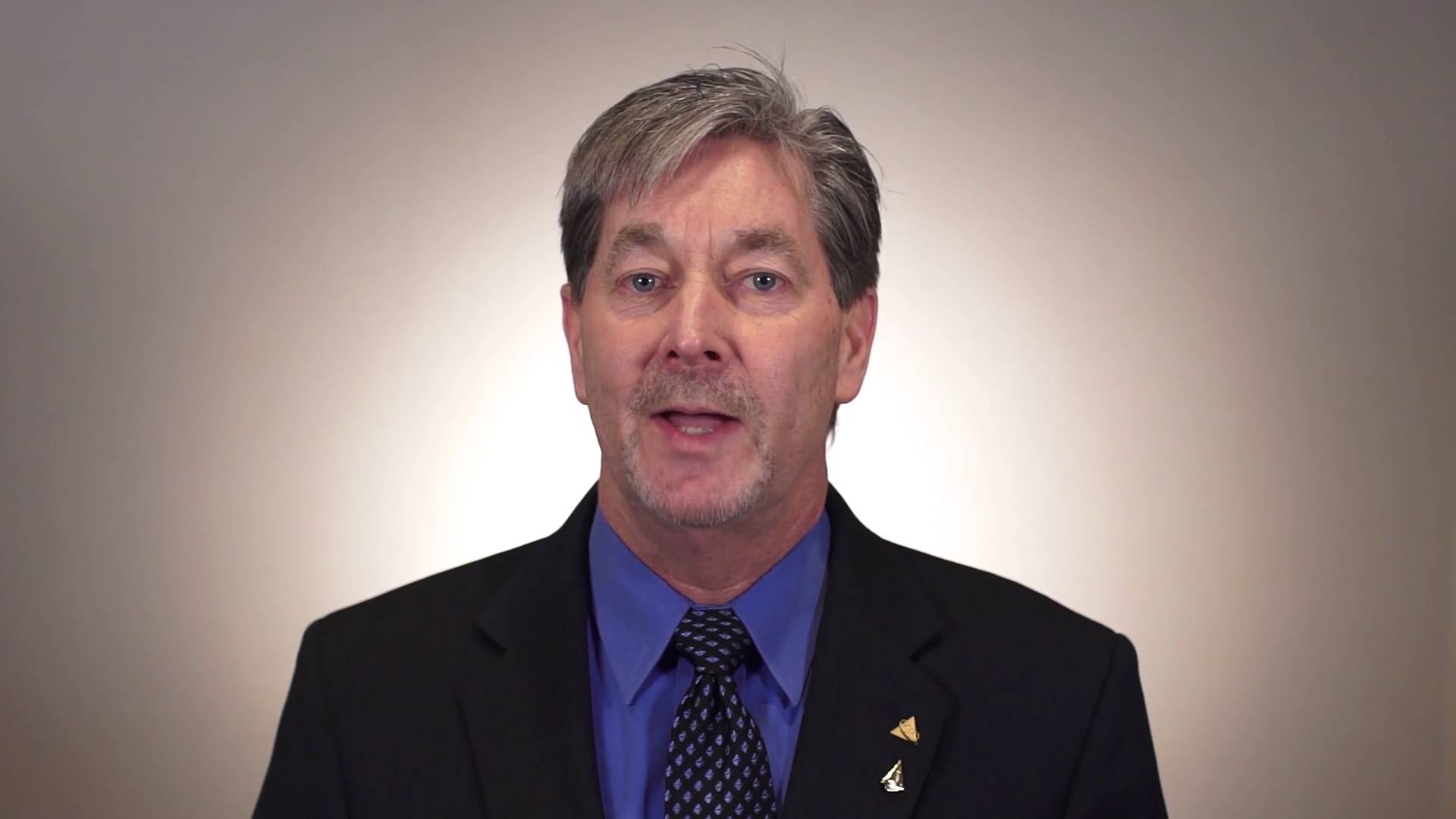
Tips for Communicating With Your Orthodontist
As we deal with our functional interdisciplinary team, one of the most important and probably difficult specialists for you is going to be your orthodontist, and communicating with the orthodontist can be a bit of a problem.
First off, if you can find an orthodontist that actually believes in function and joint position, you’re ahead of the game because it makes it much easier for you.
Unfortunately, for most of us, we’re not going to have an orthodontist that believes in those principles, so we’re going to have to kind of do some of the work for them.
Transript continued below…
{% video_player “embed_player” overrideable=False, type=’scriptV4′, hide_playlist=True, viral_sharing=False, embed_button=False, width=’1280′, height=’720′, player_id=’10031698022′, style=” %}
First off, I’d probably recommend that you interview some of the orthodontists in your area.
Explain to them what it is you believe and what you’re trying to do with your patients from a functional standpoint. And if you can get them to agree to that, those five factors of stable occlusion that we all want with our patients at the end of treatment, then find a way to communicate.
Now, most orthodontists are not going to set their patients up in CR. So early on, we’re probably going use your workup, your mounted models, your evaluation. I think the Wizard is a key communication tool for you.
So I get your patient. I’d go through your treatment plan and protocols, have your mounted case, work out your treatment plan and where the orthodontist fits into that treatment. And maybe schedule an appointment with your orthodontist to review that before the orthodontist sees that patient. That way, the orthodontist will have a much better idea of where that case is going to go, and when they do their evaluation, can maybe be a little bit more helpful in where you’re going to get to.
During orthodontic treatment, you’re probably going to have to monitor the patient some to check the progress of orthodontics. A case and full bands, we’re generally going to check at three-month intervals and hygiene, great opportunity for us to check how the orthodontist is proceeding.
Also, the orthodontist that you work with, they should know that when they think they’re almost done treatment, that the patient is referred back to you for a final check just to make sure there isn’t any finishing or tweaking of the setup of the teeth that we need before orthodontics is debanded. I think if you do that, you’ll probably have a better way to deal with your orthodontist and hopefully have better success in the end.
I would also, at the end of treatment when you’re done, maybe the restorative phase of treatment, take your final photos on those patients, and then share that success with your orthodontist. I think you’ll get better treatment option outcomes with your patients, and also probably provide a way for you to get more referrals when this specialist starts to see these great results that you’re going to be able to get with your patients.
{{cta(’56a16f1d-e7d7-414c-a3de-9edb8f1d6db6′)}}









Leave a Reply
Want to join the discussion?Feel free to contribute!